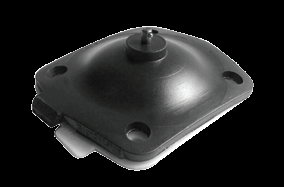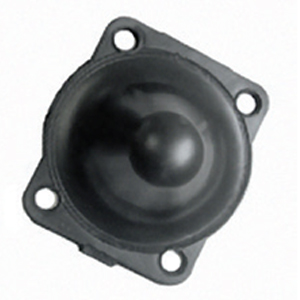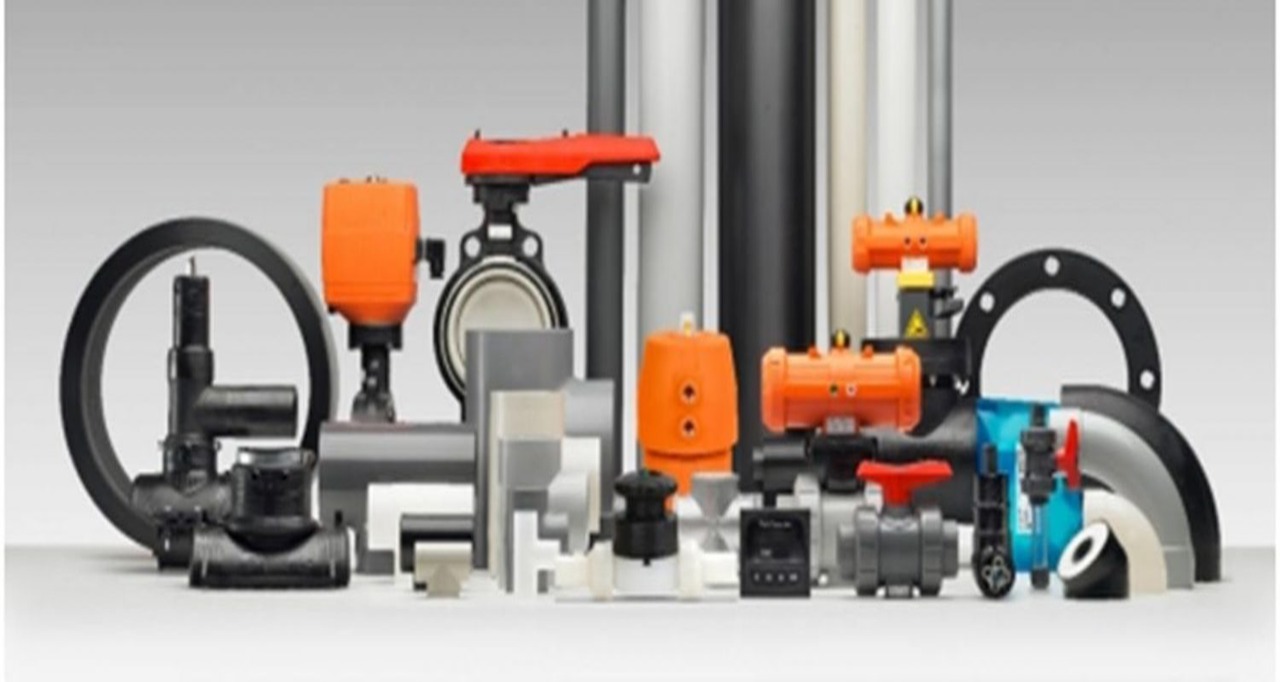MAIN APPLICATIONS

- Salts in water, acids and alkalis, ozone, water,intermittent steam. Great solution for food and beverages applications. FDA and USP approved.
- Chemicals, diluted acids and alkalis, drinking water.Additional abrasive applications like phosphoric acid with low concentration. FDA, USP and WRAS approved.
- Typical applications are strong acids. Alkalis and salts in water at high temperature.Constant steam is also another important application.
- Strong acids,alkalis and salts in water at high temperature. Constant steam applications where the valve is mainly closed (diaphragm is moulded closed).
PTFE DIAPHRAGM
- Used in strong acids and alkali, salts in water at high temperature. Sulphuric acid is a good example with temperatures up to 110°C and concentrations up to 96%.
- Typical applications are strong acids. Alkalis and salts in water at high temperature.Constant steam is also another important application.
- Strong acid, diluted chlorine, bromine solutions at ow concentration.
- Strong acids,alkalis and salts in water at high temperature. Constant steam applications where the valve is mainly closed (diaphragm is moulded closed).
- Three layer diaphragm with PTFE/PVDF/425, the best option for Chlorine, bromine gas and Chlorinated solutions.


RUBBER DIAPHRAGM
- Salts in water, acids and alkalis, ozone, water, intermittent steam. Great solution for food and beverages applications. FDA and USP approved .
- Chemicals, diluted acids and alkalis, drinking water. Additional abrasive applications like phosphoric acid with low concentration. FDA, USP and WRAS approved .
- The best solution for sodium hypochlorite. Great with strong acids and low concentration chlorine gas. It is also oil resistant .
- Specifically designed for both abrasive and corrosive applications such as phosphoric acid, metal treatment, mining applications .
- Suitable for abrasive slurries containing hydrocarbons.




